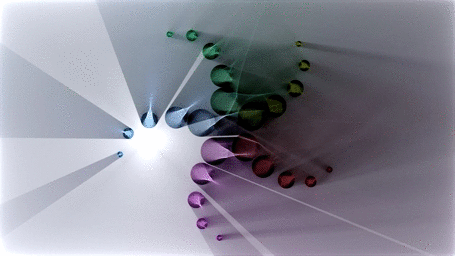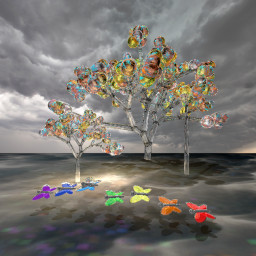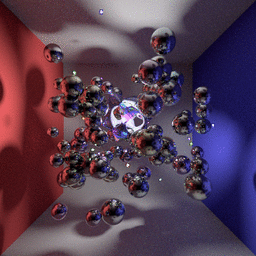CSCD18 - Computer Graphics
This course will explore the principles behind modern, photo-realistic rendedring algorithms. We will begin with a study of the image formation process, looking at how cameras work, how light propagates through a scene, and how it results in a colour being recorded at some position in an image. We will study object representation and transformation, light propagation, colour and how it is affected by the interaction between light and the material properties of objects, and we will study in detail the current algorithms used to create photo-realistic CGI.
-
This course is for you if you like photography, or animation, or visual arts. It is also for you if you like applications of Math, as we will be using Calculus and Linear Algebra to represent and manipulate graphical entities.
-
You will implement your own high-quality rendering software, from scratch; and you will understand how everything it does works, and why.
-
You will also learn about light, how it propagates and interacts with surfaces, and how we simulate these interactions with the computer to realistically capture the appearance of objects.
-
All projects include a creative component - after all, what's the point of computer graphics if not to create awesome images?
Light Representation and PropagationRepresenting and manipulating light rays is at the heart of Computer Graphics. We will begin with a study of light rays and develop a light propagation engine that shows the behaviour of light on a plane with objects that reflect or refract it |

|

|
RaytracingEarlier high-quality rendering used a method called raytracing - we will study it in detail, and this will require us to understand cameras, coordinate frames, material properties and lighting models, and the ray tracing algorithm that brings all of these ideas together |
Path tracing and Modern RenderingIn order to capture realistic global illumination with a reasonable computational cost, modern techniques use random sampling to approximate an otherwise intractable number of light-object interactions. Path Tracing is at the core of modern photo-realistic rendering, we will learn how it works, and build a working path tracer. |

|
